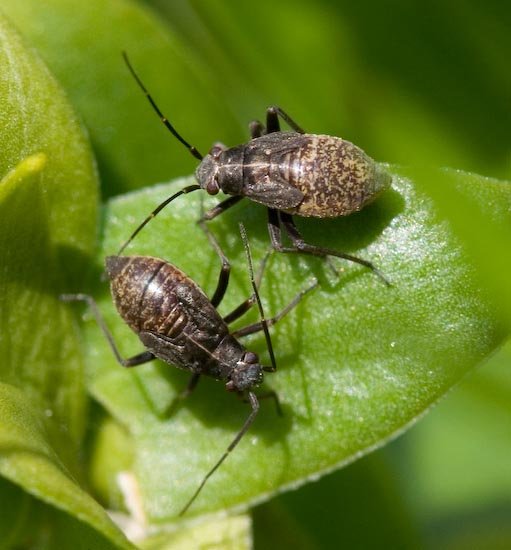
Beach Green Bug
Until I get a better name for this species, I will name it after the plants I saw it growing on. I think this is a true bug, but I have no idea where to go from there. There were several of them on the leaves of the Beach Greens and Cleavers. They would duck under the leaves if I approached too close, but before too long they would be back on top soaking up the sun. A couple of times I saw a couple of them apparently get a little aggressive toward each other, but I’m not really sure if it was aggression or something else.
As always, any help with identification would be appreciated.
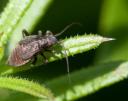
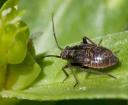
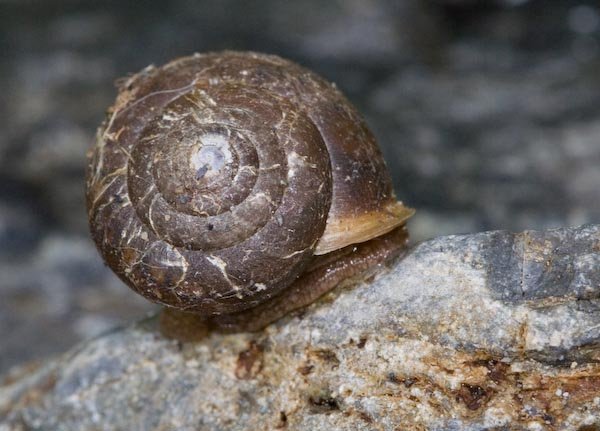
Northwest Hesperian
Vespericola columbianus
These snails are fairly common around Sitka, but this was the first one I have seen on the rocks at the beach. It was well above where the tide would get this time of year. Rowan found it making its way on the cobbles between patches the vegetation. Other places I have seen this have been in unkept lawns, muskegs, and in the forest.
I am not certain about this identification, so if you know anything about snails and can confirm or correct, please send me an e-mail or leave a comment.

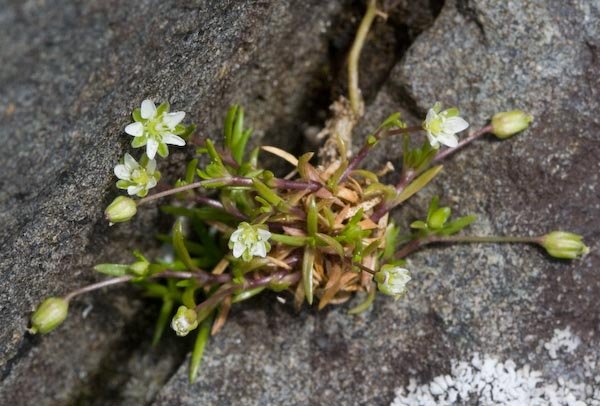
Beach Pearlwort
Sagina crassicaulis
This plant seems to be doing fairly well considering its location in the crack of a rock well within the splash zone of the beach. In more favorable conditions I have seen this species form an extensive cover.
Questions:
This species is often found along the beaches which makes me wonder if they are distributed via the water. The seeds are held (loosely? I haven’t checked) in open cups, so it seems like they could easily fall into the water during the very high Fall and Winter tides. It should be fairly easy to determine whether they germinate after a soaking in salt water.
Other Photos
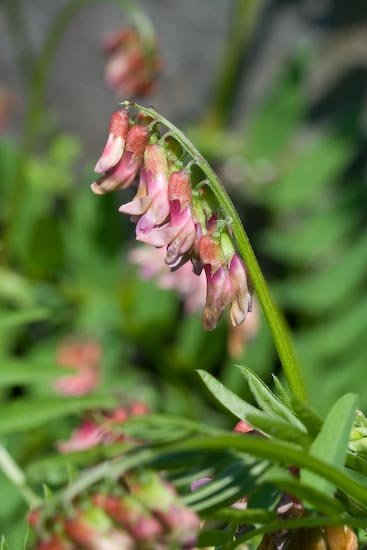
Giant Vetch
Vicia nigricans ssp. gigantea
This plant is common along the rocky beaches along Lincoln Street and Totem Park. It grows quite large, and the seedpods look very much like peas.
Other Photos
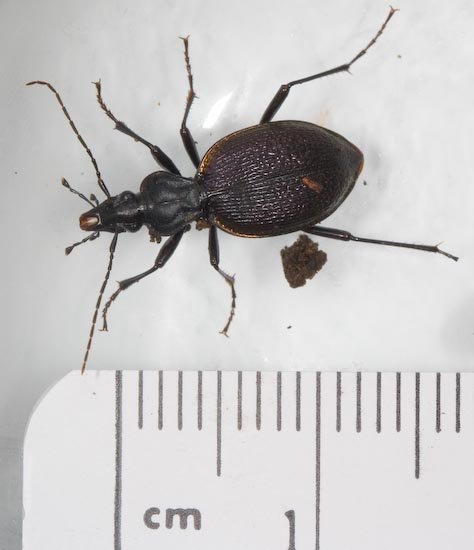
Unidentified Beetle
Scaphinotus sp.
I noticed this beetle crawling for cover when I lifted up a piece of plastic in the backyard. The plastic had been there since last summer. This was the only one I noticed with the iridescent edging. It caught my eye. The mouth parts look pretty intimidating close up.
Thanks to the helpful comments here and at bugguide.net, I now know the genus. It does not appear to be the same as Scaphinotus angusticollis, which I believe is pretty common around here. I am not sure what species it is. An on-line Canadian reference with the Ground Beetles of British Columbia lists six other species in the genus, so I am guessing it’s one of those.















